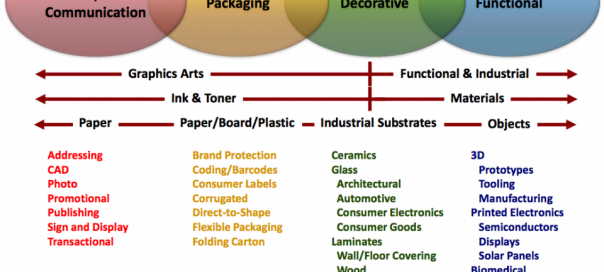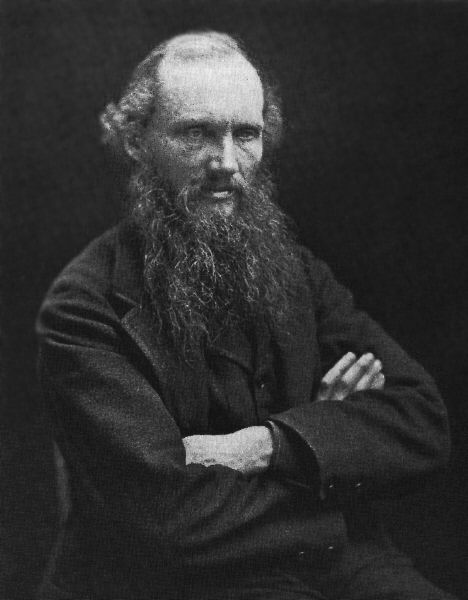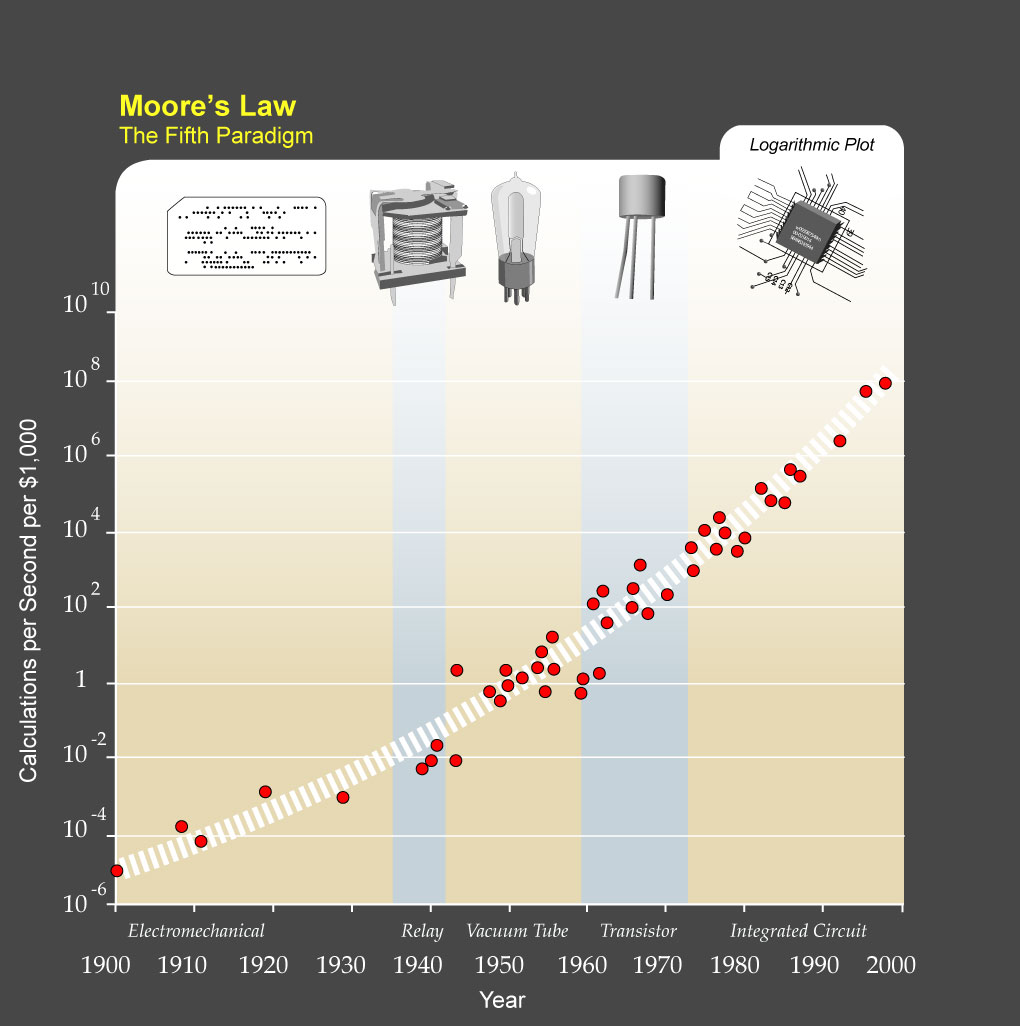At the Xerox Premier Partner event in Madrid, keynote speakers and printers outlined their vision of the future to come.
Sidebar


Cold foil – a genuine alternative for enhancement jobs
What you need to know about the cold-foil transfer process

Ensuring environmental and sustainability compliance
Green does not equal green – and this not only in terms of colour. How can all industry players – suppliers, print service providers and print customers – achieve a greener environment? Companies like HP help in achieving the goals that lead to less impact on the surrounds.
By Sabine A Slaughter
By now the decision has been taken to decrease the environmental impact. But how should it be done? What measures need to be taken and implemented? Quite a lot of questions arise that not be able to be answered straight away. A multitude of factors have to be taken into account and what is more – which and what measures will offer print industry participants solutions that are affordable yet fit to the individual budgets and jobs. Careful analysis is required to achieve the targets.

Environment and Sustainability go hand in hand
While the public is putting more emphasis towards green solutions, the print industry already has certifications and measures in place. Companies such as HP are actively promoting sustainability and environmentally friendly solutions that adhere to standards set around the world.
By Sabine A. Slaughter
More and more manufacturers are driving their operations towards sustainability, introducing processes and operations that are taking note of the environment. While the environment and sustainability go hand in hand, significant savings can thus be achieved too. Conserved energy, reduced waste, elimination of hazardous materials are just some of the many topics that not only lead to a "greener" production but also to higher reputation in terms of future-oriented manufacturing that is valued by customers.

From humble beginnings to big success: Inkjet technology
Who would have thought that Inkjet technology is one of the oldest technologies? Yes, you hear right. While the printing industry has only discovered it in the last 20 years, it has been around much longer. Sabine A Slaughter investigates its roots.
The triumphant success that inkjet technology has attained within the last 10 to 20 years is based on science and research covering almost 300 years of history. Although commercialisation and professional availability only cover a short period in history, the principles and basis theories referring to inkjet have been researched more than 200 years ago. The French scholar and cleric Abbé Jean Antoine Nollet already published a report in 1749 on the effects exerted by static charge on a drop. As part of his research on osmotic pressure and only a year after, he invented the electroscope, a device for detection of electric charge, this has only been one of the many discoveries the 18th century had to offer.

A journey from analogue to digital to additive
Years of trade events, news and developments mean a lot of ground has been covered in our fast-changing industry. Groundbreaking developments and new introductions in terms of technology, abilities and foremost applications have and are the norm. Well, print is evolving, and while traditional technologies are still asked for, new technologies and applications are just round the corner. Sabine A Slaughter voices some thoughts on our industry.

Moore's Law or when overcapacity kills
By Sabine A Slaughter
Accelerating innovation, innovation cycles, and/or things and events leads to shorter and shorter cycles that decrease the value of things. This is especially true in our currently fast-living world.
Multi-Function Device Security: Fixing What You Don't Know is Broken
By Mark Gibbs, author / writer
There was a time when you never had to think about whether your printers, scanners, copiers, and fax machines were secure -- they were simply input and output devices.
Shouldn’t you be making the most of the inkjet opportunity?
By Sander Sondaal, Director of Commercial Print Sales Ricoh Europe
Of all the innovative technologies shaping today’s print production landscape, inkjet is presenting print service providers with the biggest opportunity for growth.
PDF preflight – nearly 30 years old and still relevant!
Using preflight (or quality control) for PDF files started around the same time PDF became a viable format for use in graphic arts. The first preflight applications date back to 1997 (and they are still around!). So what is it? How has the technology changed over the years, and how is it possible that it’s still an essential technology today?
How mail can help secure that sale
By Erwin Busselot, Director Business Innovation & Solutions, Ricoh Graphic Communications, Ricoh Europe
How do your clients connect with their customers? How do they generate interest? How do they secure the sale?
Increasingly the answer to this question is targeted, informative and engaging mail.







